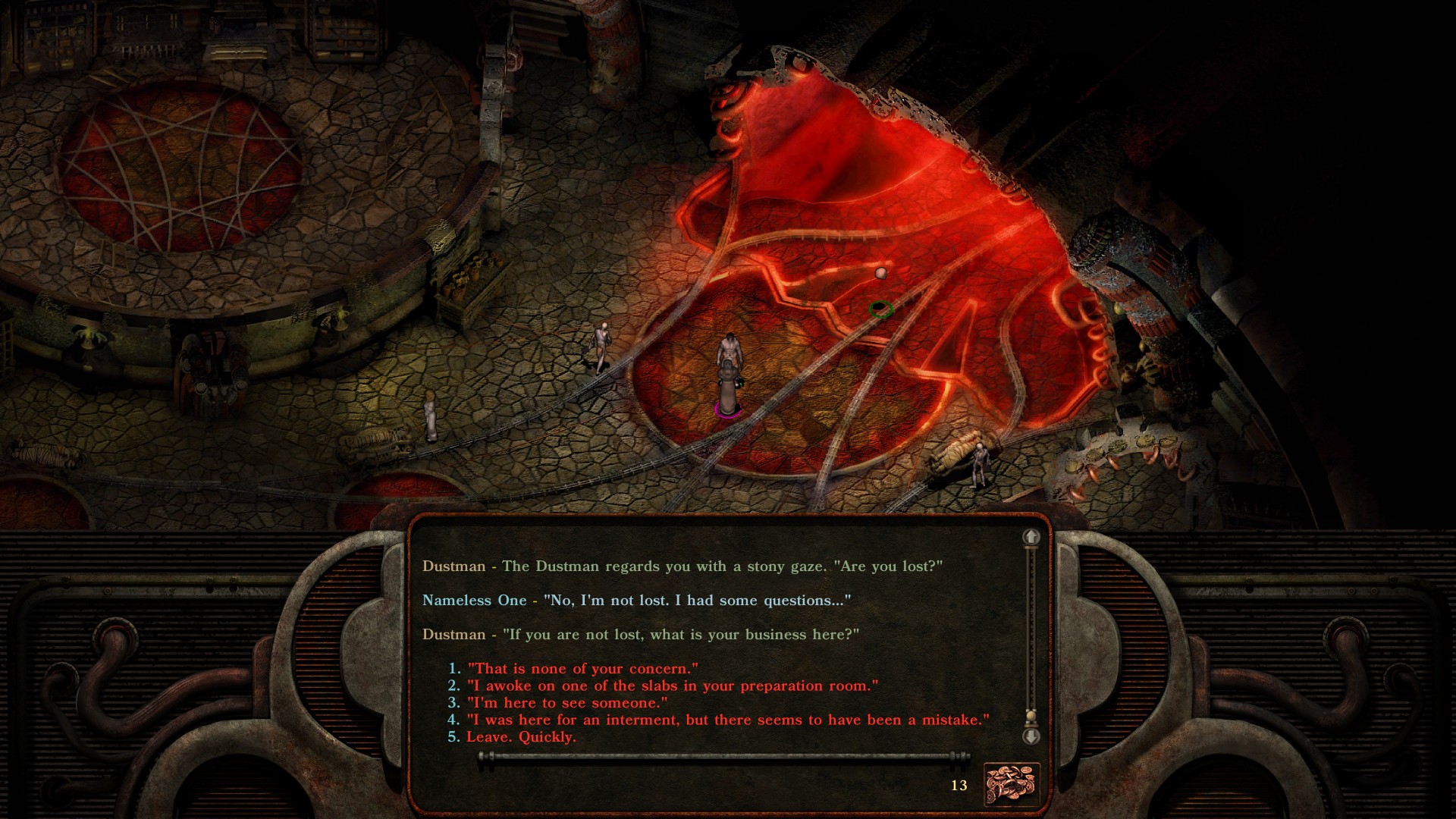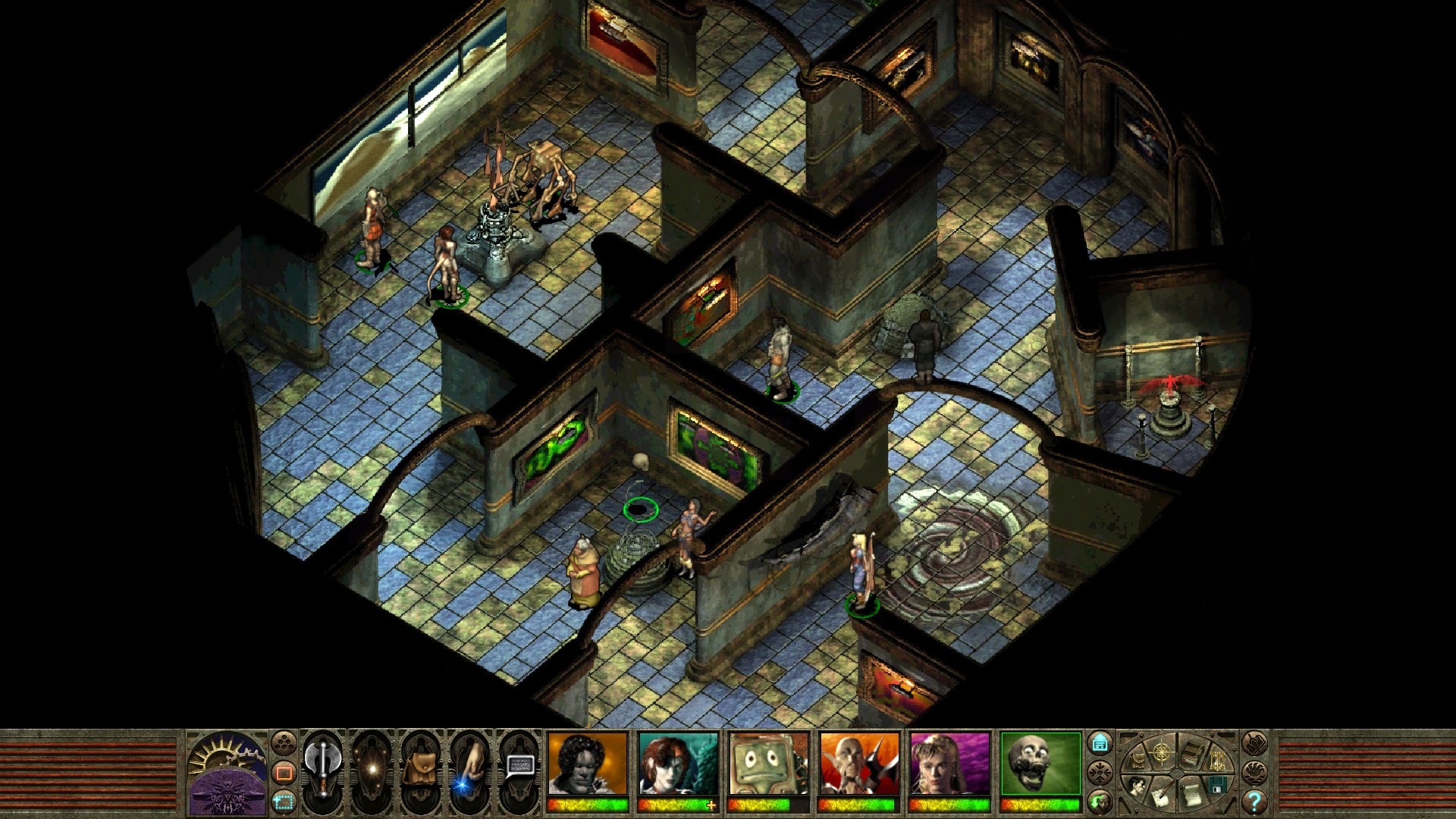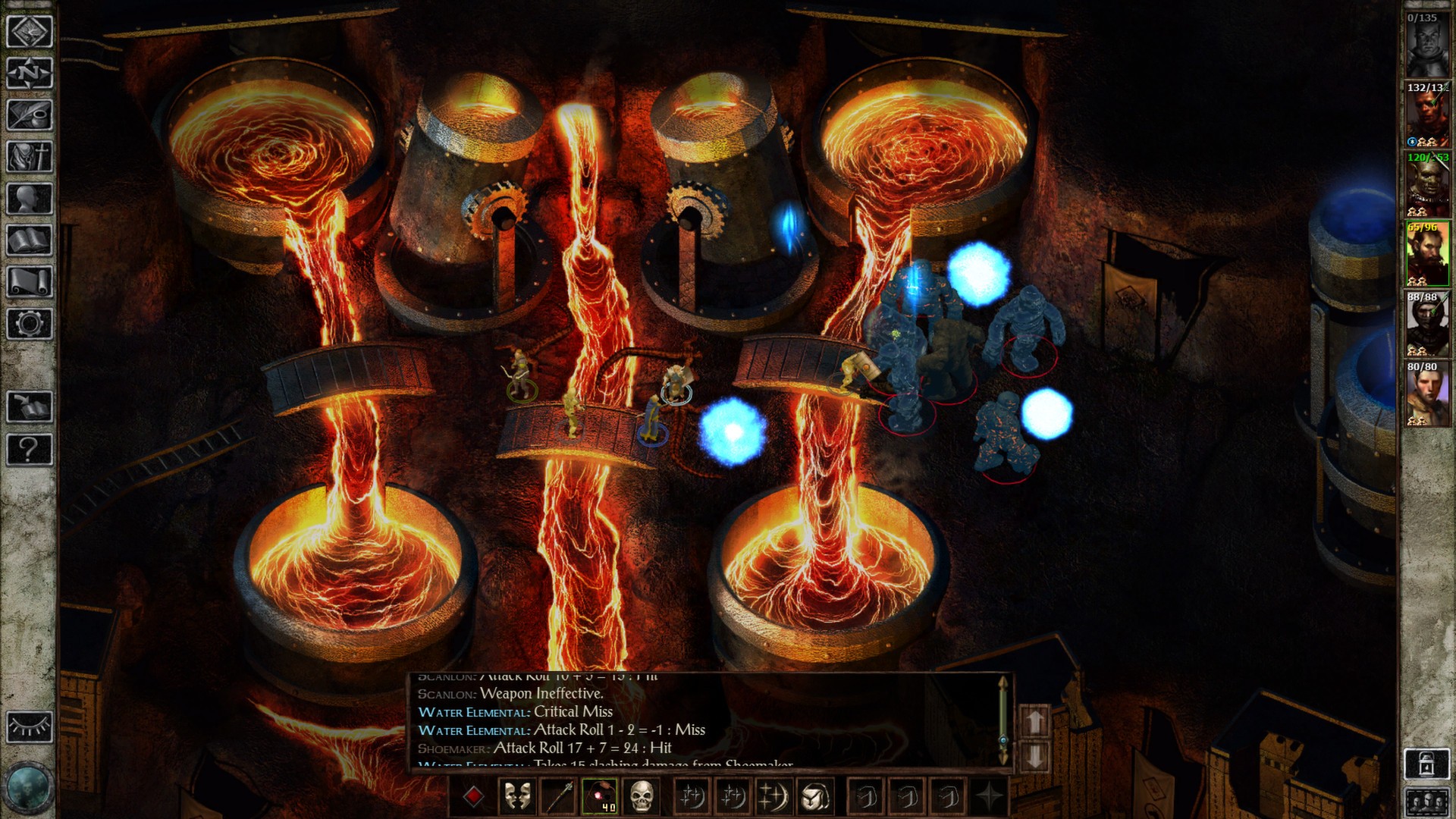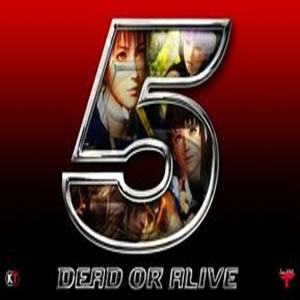
There are few things in the world more bittersweet than finishing a really, really good game. When I was young, the sense of accomplishment won out over everything else: it didn’t matter that all of Super Mario World was now finished, I had done it, I was a champion! Nowadays, especially with great RPGs and magnificent tales of excellence, beating that final boss carries a little sadness with it, because now the game is finally over. If you’re ever relieved that you can stop playing a game, then you shouldn’t have been playing it to begin with. Still, with a great game, there’s always an opportunity for replay, and that’s what made me excited about BeamDog’s Dungeons and Dragons announcement. Sure, the legendary Baldur’s Gate saga from BioWare was exciting enough, but to find out the creations from Black Isle Studios would also be coming to the Switch made me giddy. Few games have sat with me as long as my four CD, multi-houred and multi-week journey through Sigil and the other planes. And after the massive, massive letdown that was Tides of Numenera (personal letdown, don’t be dissuaded), I longed for another chance to try and guide the Nameless One to enlightenment. So, with a pleasant surprise attached (that will get its own due course), we examine the release of Planescape: Torment and Icewind Dale: Enhanced Editions.
Up top, I want to say that, from a historic point of view, it makes sense that these two titles would be released together. After all, Planescape: Torment and Icewind Dale were released back to back by Black Isle Studios, and each has their own amazing story to tell and present very different but equally important views of how things were in the expanded universe that is Dungeons and Dragons. However, it doesn’t make AS much sense as the Baldur’s Gate set. With those games, you’re able to carry characters all the way through, creating this massive, sprawling saga that could take your orphan all the way from apprentice to hero to nearly a God. But Planescape and Icewind Dale are in totally separate corners of the universe: nothing from one touches the other in terms of story or even gameplay (depending on your viewpoint). As a physical edition, having both games on the same cart is quite nice and makes for a handy collectors item. As digital releases, though, I would have preferred the option to have them separate, just for price and interest’s stake. There’s no cohesion other than they’re in the same game icon, and that was a little disappointing, though not unexpected. Anyways, onto the meat.
Planescape: Torment is very different from the other titles that we’ve seen from BioWare and Black Isle Studios. Though you can customize your character a bit at the start, the journey of the Nameless One is more story driven and individual focused than anything else we’ve seen so far. You awaken on a slab, thought to be dead, but you are very much alive, covered with markings on your back, and no memories. You very quickly discover you are a possessor of great power, gradually unlocking terrifying, amazing spells as your memories return, and must decide what to do in order to get back your past entirely. As the story progresses, you’re aided by some truly unlikely characters, including the talking skull Morte (who joins you immediately), Igus the living flame (who was an apprentice of yours in a past life), and a succubus who’s name is the very serious Falls-From-Grace. Every NPC that joins you furthers the plot and the story along as you learn that you cannot die, but also cannot truly live. You’ll journey across multiple planes of existence, completing quests and learning, bit by bit, about yourself.

Planescape: Torment is a Dungeons and Dragons campaign that was carefully, lovingly crafted by a dungeon master who has a clear idea in mind for what you should and should not be going, but has a bit of wiggle room about him. Much like the other BioWare titles (as both Baldur’s Gate and Icewind Dale follow suit), you have your popup rings of information, and you gradually add to your stats, your inventory, and your quest list as you move things along. You won’t, though, be creating your own party or something crazy like that. You’re the Nameless One, and immortal powerhouse, and you have a target destination in mind that you can take your time reaching, but you must reach it. You don’t have the choice to just hang around Sigil forever. You can’t decide to go and try and find the plane where all the trees have faces or something like that. Yes, it’s a boundless, endless land of possibilities, but YOU aren’t going there, you gotta go find Pharod and get a bronze orb for him so he’ll tell you what to do next. Don’t even think about killing Pharod, either. That’s what I did, decades ago, and it got me a game over for my troubles. Yes, even though you’re immortal, you can absolutely get a game over because, guess what, now you’re trapped for eternity with no solutions to your problems! Awesome job, murderhobo!
While that may have sounded like a complaint, I assure you it wasn’t. Planescape: Torment has such a fantastic storyline, literally taking you through multiple planes of existence, and the excitement as The Nameless One awakens and begins to better harness his powers is fantastic. Additionally, the way you roll your character at the start tells you how you’ll be playing as you move forward. You can be the arcane mage, regaining your memories faster and learning ballistic spellwork in no time flat. You can be the brute, dumping everything into strength and constitution, shaking off arrows and swords like nothing while bashing in heads. Or, you can go the strategic route, up your charisma, and essentially sweet talk the answers out of everyone. Be a thief, be a rogue, be a berserker, it’s all possible under the umbrella of one character who can be anything if you let him. In that bizarre sense of trying to beat the game from a number of different directions (with the same general outcome), the replay value is sky high and makes for revisits to be a wonderful, multifaceted thing.
Icewind Dale, on the other hand, is something that’s very much more in vein with the open, endless possibilities that Baldur’s Gate brought forward. For one, Icewind Dale already comes with DLC campaigns available (Torment has none), so you can see longevity from the first breath into the game. Additionally, the customization is significantly higher, as you can use pregenerated characters for the adventure OR handcraft each and every one, adding to the real “Dungeons and Dragons” feel. The storyline is compelling and set in a far more familiar area, at least to some fantasy novel purists. Not only is the setting wonderfully familiar (the books of Icewind Dale and the characters therein made R.A. Salvatore a very well known man), the setup for the adventure is more tabletop than the solo quest of The Nameless One. You host a party of adventurers, chilling in a tavern, when Jim Cummings (the voice of Winnie the Pooh) asks you to go check out another village that’s been having weird stuff happen. Naturally, weird stuff IS happening, namely magical weather that’s causing a giant tree to die, and then we move forward from there. Much like Baldur’s Gate, the additional DLC allows for your characters to continue to flourish and advance through the Forgotten Realms, always in the Icewind Dale neck of the woods, and giving further advancement and purpose for your characters.

You might have noticed Jim Cummings being mentioned up top, and there’s a good reason for that. While Planescape: Torment has a good amount of voicework behind it (along with a fitting but rather average soundtrack), Icewind Dale swings for the fences in terms of visual and audio shaping. First, the music and the voices. This game goes to bat to really make the world pop for the ear, crafting this beautiful, atmospheric soundtrack that draws you into the fantasy world and keeps you properly immersed. It actually gave me vibes from some of the old Conan the Barbarian scores in terms of fantasy feeling, and that continues throughout and into the endgame. Additionally, Jim Cummings isn’t the only big name voice actor present. Greats like Tara Strong, David Ogden Stiers (RIP) and John Kassir help round out the NPCs and important characters, and this really shows what made Icewind Dale great. At a time where console games were beginning to backslide and relinquish some power to the PC side, Black Isle Studio took full advantage and made an absolute masterpiece by both classic and modern standards. There’s raw emotion and talent in a lot of the writing, and the delivery from good actors and actresses clinches the deal. Moreover, the visuals for Icewind Dale are positively stunning, with a vast, sweeping landscape that’s captured in surprising detail with colors, textures and designs for both monsters and creatures. Planescape did a great job of capturing snapshots of what places could be like based off of handbooks and modules for the tabletop game. But Icewind Dale took some truly wonderful novels and helped bring the ideas and elements that gave Drizzt, Wulfgar and others their home, and transformed that into a game backdrop.
If you figured out how to control the other games by now, Icewind Dale is old hat and, arguably, easier to control than Baldur’s Gate or Planescape. As the newest of the bunch, a lot of kinks had been ironed out, and the enhanced Infinity Engine that makes up the Enhanced Editions is working double time to make an already great looking game perform even better. This is one of those instances where rolling up the right party prior to setting out means that you can simply coast through (especially with the difficulty set to the right level)the entirety of the dungeons ahead of you. I suppose that is the one complaint: Icewind Dale is very, very much a dungeon based game. Whereas the other titles (including Planescape) afforded more time sort of exploring around in a wider setting, I felt like Icewind Dale was almost leaning towards the oldschool Eye of the Beholder ideas, where you basically touch base with people outside of the dungeon and then dive back in. It’s not quite as stringent as all that, but compared to the openness of Planescape and Baldur’s Gate I & II, newcomers might feel stymied and limited. Still, it’s a damn good amount of fun, and with the pause system to allow you to coordinate attacks and stylize your magical influence, there isn’t a problem just having fun in the dungeons. Just be ready for some truly wicked boss battles.
BeamDog had a great undertaking in porting these magnificent titles to the Switch, and, lack of touchscreen support aside, it seems like the execution was a huge success. Baldur’s Gate I & II were this wonderful bit of cohesion that helped create an epic adventure for a player to dump weeks, if not months, into accessing. With the combined Planescape: Torment and Icewind Dale: Enhanced Editions, it’s getting two different flavors of something delicious in a single package. You have what is one of the most compelling, haunting isometric RPGs that I’ve ever played with Torment, and you have one of the most visually satisfying, beautifully presented tabletop avatars with the other. While I still think they could have existed independent of each other, it’s nice for players to have both to enjoy in different quantities, and I personally love having them on my Switch for future enjoyment. If you’ve any love for isometric RPGs, this is where you should be for Christmas. Don’t bother looking for the newest titles: these kings of the last century still command respect to this very day.
REVIEW CODE: A complimentary Nintendo Switch code was provided to Bonus Stage for this review. Please send all review code enquiries to press@4gn.co.uk.
Subscribe to our mailing list
Get the latest game reviews, news, features, and more straight to your inbox
Thank you for subscribing to Bonus Stage.
Something went wrong.
Planescape: Torment and Icewind Dale: Enhanced Editions Review
-
Gameplay - 9/10
9/10
-
Graphics - 9/10
9/10
-
Sound - 9/10
9/10
-
Replay Value - 9/10
9/10
User Review
( votes)Overall
Summary
Epic storytelling combined with tactical decisions and real elements of roleplaying: BeamDog takes the jewels of Black Isle Studios and ports them beautifully.






